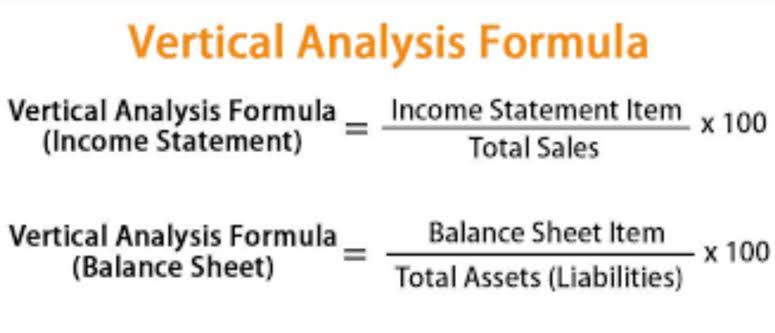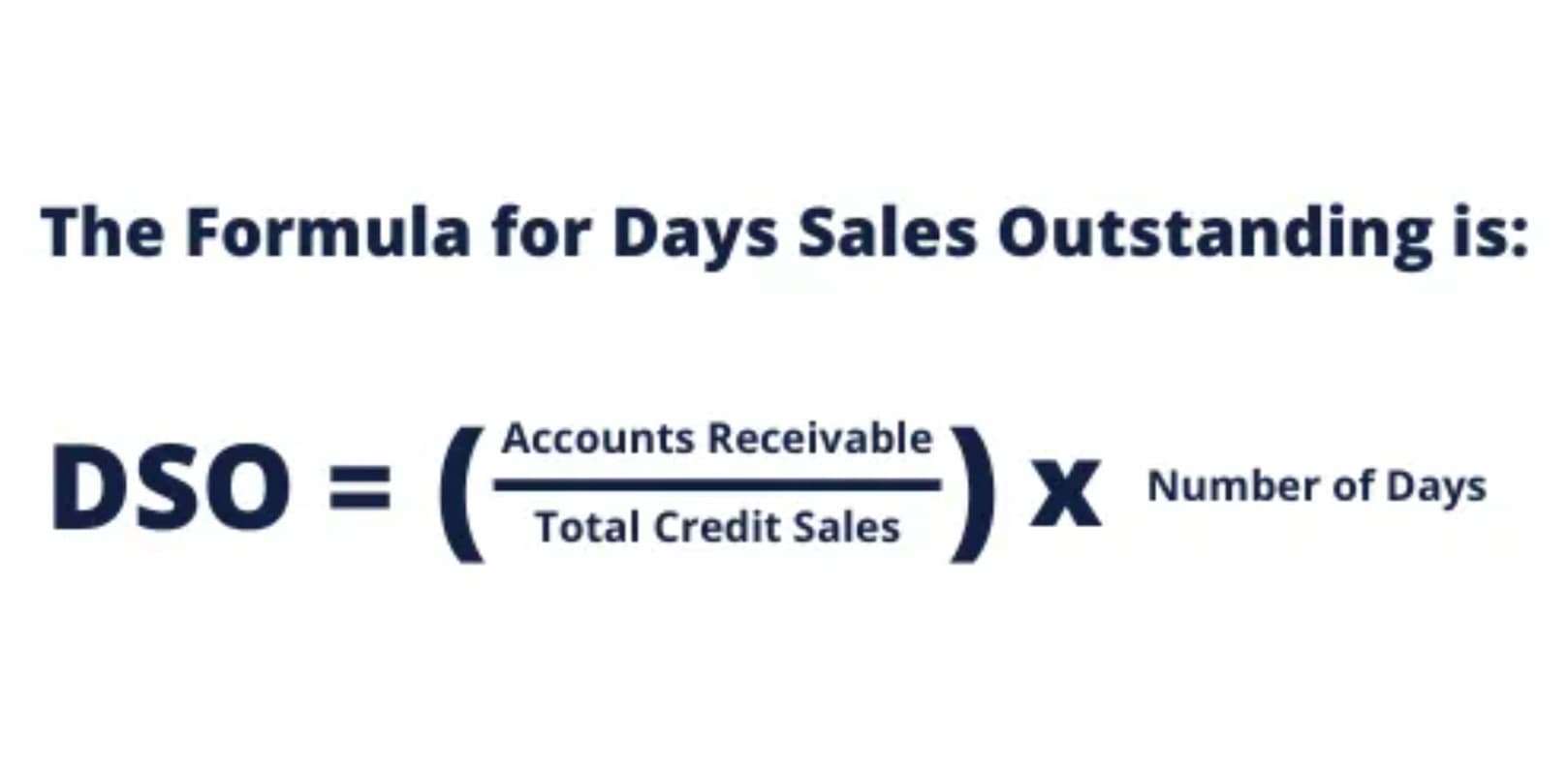
The Internal Revenue Code defines taxable income as gross income minus allowable deductions, with household income serving as the starting point. Misreporting income can result in audits, penalties, or interest charges under the accuracy-related penalties provision of the tax code. To calculate combined household earnings, include all income streams and ensure no detail is overlooked. Gather documentation like pay stubs, investment statements, and rental income reports to capture the full financial picture.
What Does Compensation Mean In Annual Income?
For example, if you earned $100 in interest payments, $1,000 in capital gains, and $12,000 in child support, you’d put all these together, and the total income would be $13,100. For instance, you make $10.64 per hour, and you work 35 hours per week. All you have to do is $10.64 x 35 hours x 52 weeks for a total of $19,364.8 of annual employment income. This income may include your salary and other payment sources such as welfare assistance and social security checks. Your annual income might be for a calendar year, which is from the beginning of the year to the end (January 1 to December 31). Unearned income, also known as passive income, is money you receive without actively earning it.

How Household Income Works
Net income for a business https://www.mhlanganisitravel-tours.com/2023/12/08/liquidity-ratio/ is the total amount of revenue less the total amount of expenses. An individual’s gross income is used by lenders or landlords to determine whether that person is a worthy borrower or renter. Gross income is the starting point before subtracting deductions when preparing federal and state income tax returns.

Base salary vs gross salary vs total salary
- That means if you have two part-time jobs, calculate the annual income from each and then add them together.
- At the end of every pay period, the employer calculates the compensation for hourly employees by multiplying the total hours worked by the employee’s hourly wage.
- However, if you earn money from multiple sources, your annual income includes your salary plus all other income.
- If you have only one job and no other earnings, your annual income and your salary would be the same figure (assuming salary is given as a yearly amount).
- If you’re one of those people, annualization can help you budget your money from month to month.
- If you have a full staff, you’ll probably be able to look at last year’s numbers and adjust for any changes you plan for the coming year.
Examples of such industries include the government and education sectors. They typically have consistent work hours, making annualized salaries simple and effective for managing compensation. This helps provide consistent and predictable figures for the employers’ financial records.
- The annualized salary formula for an hourly employee involves multiplying their hourly pay by the number of hours they work per year, including overtime.
- For example, if your net annual income is $50,000, your monthly income would be $4,166.67.
- It’s a simple yet elegant arithmetic dance that assures a consistent financial rhythm throughout the year.
- If she started in November or left in February, this will be a much smaller part of your yearly budget than if she worked the entire year.
- Abby attended Oral Roberts University in Tulsa, Oklahoma, where she earned a degree in writing with concentrations in journalism and business.
- There’s so much more that annual income can be, depending on your job, side hustles, passive income and more.
When a salary is annualized, it means the pay is calculated as if the employee worked full-time for the entire year, even if they didn’t. This is often used to standardize compensation for part-time, temporary, or newly hired employees. Being paid hourly can impact your annual salary, which in turn influences your tax bracket and potential deductions. Understanding the chasm between gross and How to Invoice as a Freelancer net salary is critical for navigating the treacherous terrain of tax obligations and financial planning. Gross income paints a picture of potential, while net pay reveals the true colors of the money you have at your disposal. If you are calculating a business’s annual income, be sure to account for every source of revenue or income stream the company has under its belt.
- Say, for example, a consultant earned $10,000 in January, $12,000 in February, $9,000 in March, and $13,000 in April.
- If you’re self-employed, your total annual income is the sum total of all your incomes over the year, regardless of type or source.
- If you receive child support or alimony, any money you get from that is a part of your annual income.
- The first step is to write out the list of your income sources, especially the ones that are relevant to you.
- That’s because these calculators may take other factors into account when calculating your annual income.
- We’ll look at what annual income is, the different kinds of payments, and how to compute your yearly income in various scenarios.
- Always keep your most recent pay stub, employment contract, and personal income calculator handy for accurate tracking.

In the what does it mean by annual income following guide, learn the difference between gross and net annual income, how to calculate annual income, and the impact these calculations can have on your overall financial picture. For example, if your base salary from your job is $60,000, but you also made $5,000 from a side business and $2,000 from investments, your total annual income would be $67,000. Your annual income calculation should include all the sources of money you earn or receive during a financial year from April 1st to March 31st of the following year in India. Examples are salary and employment, capital gain and interest, rental, and other incomes. Always keep your most recent pay stub, employment contract, and personal income calculator handy for accurate tracking.
Create a free account to unlock this Template
- When applying for loans, such as mortgages or car loans, lenders assess an applicant’s gross annual income to gauge their repayment ability.
- No matter how you get paid, the conversion to annual income is just a multiplication.
- Employee contributions to premiums are expected in employer-provided insurance programs.
- Essentially, any income earned during the year is considered part of an individual’s annual income.
- It shows how you can compute yearly net income accurately and read these directions and insights.
Lenders and other financial institutions often use your annual income to determine your creditworthiness. By knowing your annual income, you can have a better understanding of your borrowing power and the types of loans or credit lines you may qualify for. To calculate your annual income, you first need to identify all of your income sources.
